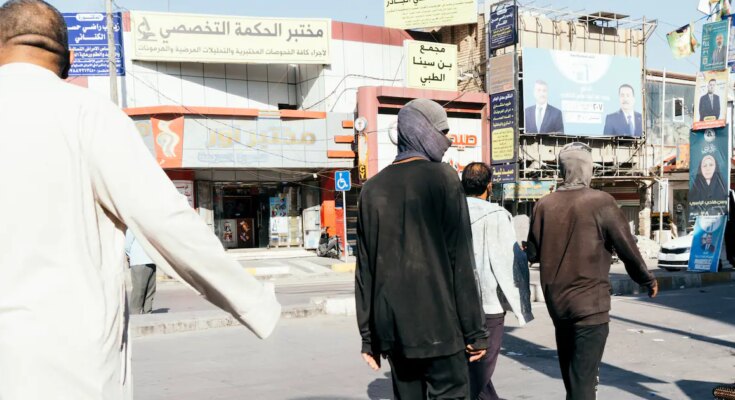In the corner of a bumpy alley, Hamza Kamal Jabber’s frozen face attracts the attention of passersby. His portrait, printed on a metal plaque embedded in dry ground, oversees several letters that, at the initiative of its residents, renamed this part of the city “Street of the Martyrs of the October Revolution.” On November 28, 2019, in the midst of the Tishrine uprising – a civil uprising led by a young man irritated by elite corruption and lack of public services – Hamza, wearing a t-shirt that we can read “we need a country”, is on the Zeitoun bridge. Right in the center of Nasiriyya, a historically rebellious city of nearly 600,000 straddling the Euphrates River in southern Iraq. He was trying to warn his friends of the impending danger, when two AK-47 blasts, fired by security forces, shattered his back.
“Hamzah died instantly,” Abbas Kamel Jabber reported in a calm voice, while sitting upright in his jacket in the corner of his living room. For six years the 28-year-old young activist, an employee of an oil company, has been trying to get the government to admit responsibility for his brother’s death, as well as the deaths of around 600 people.



